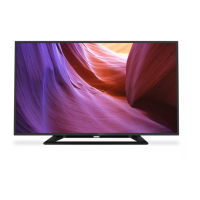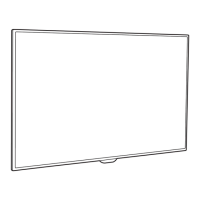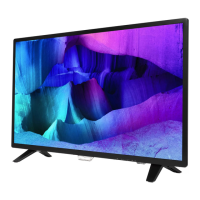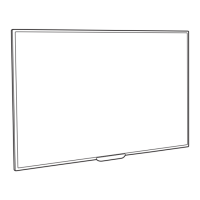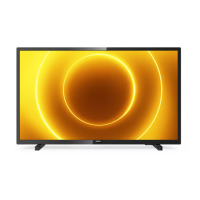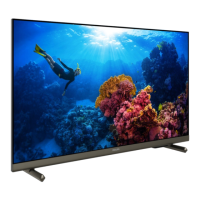Do you have a question about the Philips 32PHT4503 and is the answer not in the manual?
| Screen Size | 32 inches |
|---|---|
| Resolution | 1366 x 768 pixels |
| HD type | HD |
| Display Technology | LED |
| Screen shape | Flat |
| Aspect ratio | 16:9 |
| Smart TV | No |
| HDMI Ports | 2 |
| USB Ports | 1 |
| USB 2.0 ports quantity | 1 |
| Common interface (CI) | Yes |
| Common interface Plus (CI+) | Yes |
| Audio Output Power | 16 W |
| RMS rated power | 16 W |
| Number of speakers | 2 |
| Refresh Rate | 60 Hz |
| Screen format adjustments | Zoom, 4:3 |
| Supported video modes | 720p |
| Digital signal format system | DVB-T, DVB-T2, DVB-C |
